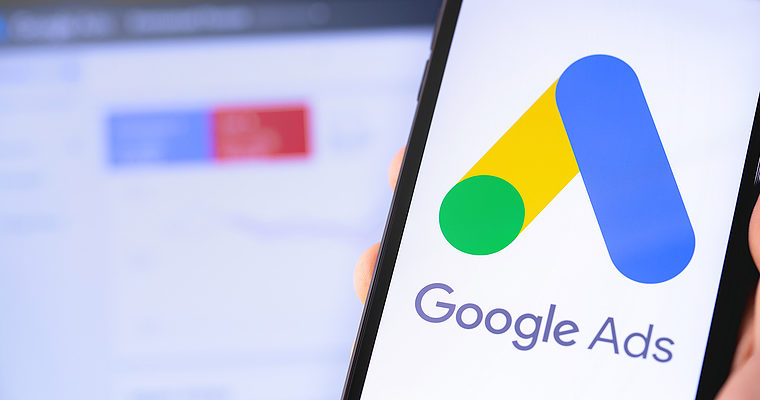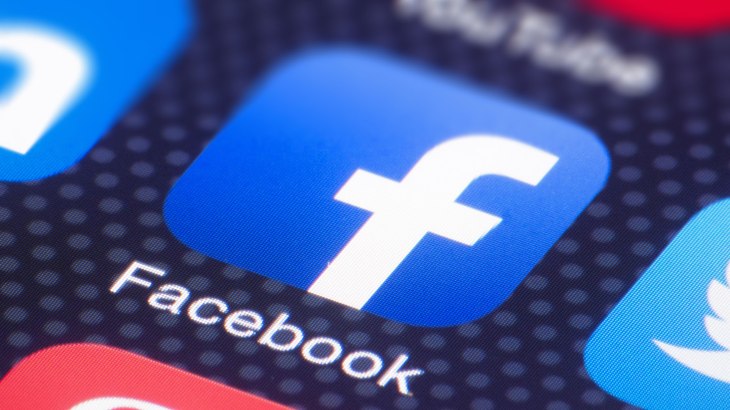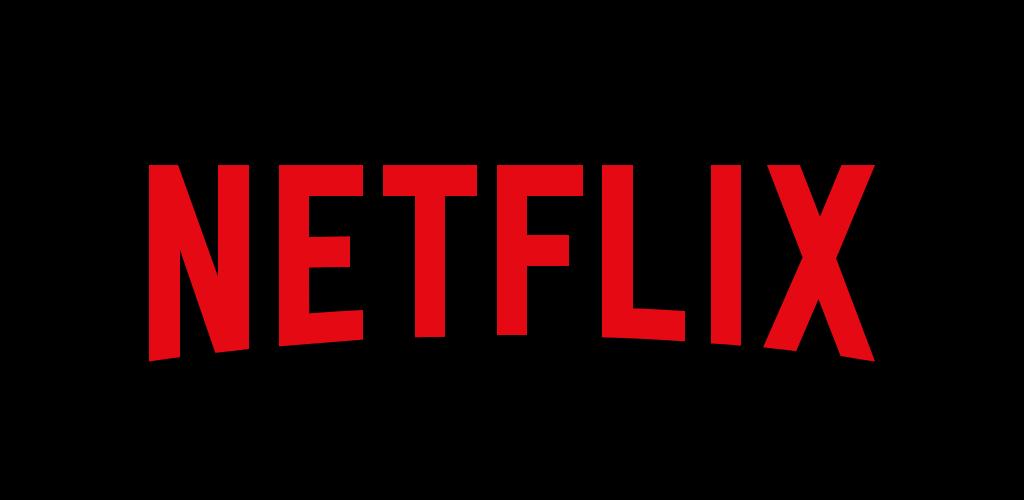My mum remarked that her cooking was better than McDonald’s’. I agreed wholeheartedly. But nobody would know that except for our family members and relatives.
Comparatively, McDonald’s sold US$21 billion worth of food and beverage in 2018 alone.
What’s the lesson here?
The best product is not necessarily the one that sells the best. This is exemplified in the real world in many businesses. Excellent products are overvalued while excellent distributions are severely undervalued.
Peter Thiel said this in his book Zero to One,
Superior sales and distribution by itself can create a monopoly, even with no product differentiation. The converse is not true.
Peter Thiel, Zero to One
What he means is that while superior sales and distribution by itself can create a monopoly, superior product differentiation by itself cannot do the same.
I have met many new entrepreneurs having a bout of confidence to beat the incumbents. When I asked what’s their edge, they often reply with ‘my competitor’s product sucks and my version is so much better‘ – this is a classic example of failing to respect the power of distribution.
Sadly, I have yet to see anyone who does not take the business of distribution seriously succeed well in business.
My word alone, however, is insufficient. Let us look at some real-world case studies, proof, beyond all else, that the distribution channel is the key defence that needs to be broken into.
#1 Newspapers distribute advertisements

The first example would be our beloved newspapers. For as long as I can remember, newspapers were a key information source for the masses.
The first newspaper was created in 1605. The power of the newspaper was so resilient that even the advent of radio and TV couldn’t kill the newspapers.
It was not until the internet that the domination of the newspapers was broken.
Newspapers don’t make money by selling for dollars and pennies. They make most of their money selling space on their papers to advertisers.
Being widely distributed meant that there were a lot of potential eyeballs and attentional traffic – thus making it very lucrative as an advertising opportunity, and thus also making it very lucrative to sell advertising space to businesses who want to make use of that attentional traffic.
But as we all know, the internet replaced the newspaper as the main source of information, and Google became the gateway to the internet.

Soon, there were more people on Google than on most, if not all, the newspapers around the world. Businesses flocked to where they could flash their products or services to the maximum number of eyeballs – Google, and their advertising dollars with it.
Google had a great search engine (an excellent product) but it wasn’t enough.
If internet service is not ubiquitous; if the masses didn’t want to switch to the internet; if the education level isn’t high enough to use it; Google wouldn’t be able to achieve the distribution it has today. It was a confluence of factors that even Google had no control of.

Facebook came later and figure out that the best revenue model is to do advertisements since they have attention from 1 billion active users to sell for. The intimate data that the users are willing to give away became a gold mine for advertisers to target.
Nonetheless, Google and Facebook unknowingly found a way to disrupt the newspapers’ distribution of advertisements. (Funny enough, Facebook now wants to save quality journalism after the Cambridge Analytica incident with the new Facebook News initiative).
#2 iTunes and then, Spotify, disrupted the distribution of music

I am not certain if you remember HMV, Tower Records, Sembawang Music and CD-Rama by Popular. The commonality is that they are no longer operating anymore.
What killed them? Not Spotify, not yet.
It was the internet, the improving speed of internet connection and the pirated sites that peddled free mp3s such as Napster.
Consumers realised they no longer need to buy CDs when they only wanted a few songs in it. As Andy Rooney said,
“Because women realize it’s not worth buying an entire pig, just to get a little sausage.”
Andy Rooney
iTunes was the first to split the music albums into individual songs but even so, Apple was not able to sell in Singapore for the initial years. Maybe there was some form of protectionism going on. But eventually, iTunes was allowed in after almost all the CD shops were dead.
iTunes was able to succeed because of the best selling iPods from Apple. Without the masses using iPods, iTunes would be fighting an uphill battle to get adoption. Again, there was a confluence of factors for iPod to succeed.
There were the digitisation of music, cheaper portable storage as well as the rising affluence to afford an expensive iPod. Spotify went one step further to make music free.

You don’t even need to pay for a song.
Internet speed continues to improve and data became so much cheaper that users no longer need to save the music and could just stream it via the internet.
Decreasing costs and barriers to entry changed the landscape of the music industry.
Record labels and artists no longer make the lion’s share of their money from selling albums. Instead, they make money from concerts – which is why the ticket price of your favourite brand has also shot through the roof.
Thinking about this inversely also allows you to understand distribution better – when the distribution is nil (although not always the case with concerts), when demand is high, and when the material also is a premium (live vs recorded music), you get to demand higher prices and get away with it.
Hence, iTunes and Spotify changed the way music was distributed. That gave them power.
#3 Amazon disrupted the distribution of books
/cdn.vox-cdn.com/uploads/chorus_image/image/64010701/acastro_181114_1777_amazon_hq2_0006.0.jpg)
Borders was one of my favourite bookstores because none of the books were wrapped and there was a discount coupon sent to my email frequently. I got most of my books from Borders until it ceased its operations in Singapore.
Page One (if you remember it being in Vivocity) was the larger store that I frequented but it too died. We have MPH and Times reportedly reducing store counts. And only Kinokuniya and Popular remain standing today, the latter of which remains a key distribution channel for study materials among other items (diversification of product lines can be argued to have saved it).
Jeff Bezos has the ambition of selling everything on Amazon but he started with books because it was the easiest product given that the books have more or less standard sizes and much longer shelf life.
It mounted a serious challenge on the bricks-and-mortar bookstores such as Barnes & Noble in the U.S. The latter’s revenue has been declining for consecutive years and there’s no sign of abating.
Traditional bookstores were the key distribution of books.
That was the only way for consumers to get books but Amazon offered an alternative. The confluence of factors that helped Amazon in gaining distribution power was the advent of the internet, the maturity of logistics services and the increase in retail rentals.
The move to Ebooks (Ebooks now outsell physical books) has propelled the growth of Amazon further as it no longer cost anything to deliver an ebook across the world via the internet as compared to shipping a physical one.
Amazon disrupted the traditional distribution of books via the bookstores. Amazon didn’t create better books. It was all about changing the distribution channels.
#4 Netflix disrupted the distribution of movies and TV series

Gone were the days where you go to a video cassette or DVD rental store, even though Poh Kim is still operating in Singapore.
Meanwhile, Blockbuster was killed by Netflix in the U.S. and cable TVs are in a precarious state.
The ubiquitous proliferation of devices that could access the internet, the increase in internet speed, as well as the lowering of data fees, created the confluence necessary for Netflix’s success.
Now you can just access most of what you want to watch at the comfort of your home, saving a trip to the DVD rental store.
You can also watch on-demand without the need to wait for the programming timings by your cable TV provider. You dictate what you want to watch, at the time you want to watch, pause where you want, download it for offline viewing without the need for timing it, and can even access a variety of other titles/channels with just one monthly cost.
Netflix succeeded because it disrupted the distribution.
They didn’t improve the movies or the TV dramas even though they commission studios to do Netflix originals now. I would argue that the originals get more attention because Netflix is able to distribute them widely. Don’t be mistaken, the power comes from the distribution.
#5 E-commerce disrupted retail distribution.
Departmental stores are a passé.
Many brands today open their own shops to peddle their goods directly to consumers. But even so, it is challenging to keep the lights on as consumers move to online shopping. Brands also flocked to online stores in hope to reach out to the eager shoppers digitally. The physical stores become more for displays and actual purchases are carried out online.
This was made possible because of the ease of online payments. With credit cards and e-wallets getting ubiquitous and increased confidence in transacting online, consumers spend more and more online.

E-commerce platforms like Amazon, Taobao, Lazada, Qoo10 and more, became the new shopping centres, allowing individual brands, big and small, corporate and sole proprietors to reach out to consumers.

The retail distribution has changed forever and is still changing as I am writing this.
Supermarkets are threatened too.
They hold a lot of power against the suppliers. Suppliers need the shelf space to sell their wares so they have to kowtow to the supermarkets to carry their products. Some might even accede to a consignment arrangement just to get onto the shelves.
Now grocery delivery has become possible because of improved last-mile delivery.
It isn’t popular in Singapore yet because we live in a small space and a supermarket is conveniently located within walking distance from your residence or situated along the path of your daily commute.
Regardless, the distribution of retail products has been altered. The power has shifted.
Conclusion
I have emphasised on the important role that distribution plays in the success of big businesses. You cannot win solely with a good product. The ability to figure out a scaleable model to disrupt an incumbent’s distribution is key to take over the market. Alex Rampell of Andreessen Horowitz said it succinctly,
The battle between every startup and incumbent comes down to whether the startup gets distribution before the incumbent gets innovation.
Alex Rampell of Andreessen Horowitz
If you are a startup founder, pay a lot of attention to distribution and not just about your product. Most founders focused too much on building excellent products but products don’t sell themselves. You need distribution to win the game.
For investors who seek economic moats, look out for the presence of distribution powers and not just other red herrings. Companies remain good investment choices as long as they retain distribution powers. Many other factors pale in comparison to it.
If you would like to understand more about investing and would like to find out how we do it, you can register for a seat here.
Editor’s Notes: Phillip Fisher wrote in his book, Common Stocks and Uncommon Profits on 2 things to watch out for in a stock to buy which coincides with this article.
First, a company’s sales team. Second, a company’s ability to sell a product at a higher price far larger amounts of people. Both are intrinsically linked to a company’s distributive powers and act as amplifiers and a foundation.
There are many more forms of distribution that you can see around you every day. Data and phones were in a distribution lock until the telco industry opened up. Whereas before, it had always been a battle between Singtel, Starhub and M1, now you have TPG Telecom, Circles Life among others. As a result? Singtel, Starhub and M1’s business performance have suffered.
Bus and transportation services were also distribution locked before Uber and Grab came along, opening up access to unused space within cars. The key here was that they manifested win-win-win scenarios for all parties involved. Drivers won by making more money. Passengers won not having to own a car but getting to make use of one when needed at cheaper prices versus the traditional taxi. Grab won by having the infrastructure to pull everything together and distribute it – via Google Play or the Apple IOS store.
Distribution is key. Whether its Airbnb, Apple, Amazon, Facebook, Google, Netflix. Most if not all major company sitting on a stock exchange index has the ability to distribute its products. Always include distribution as a measure of a business’s strengths – or weakness.
If you’d like to find out more about how we invest for ourselves, you can register for a seat here, or check out our guide here.


I don’t disagree that distribution is important in business, but I think this article would make a stronger case if you compared products vs distribution. Most of the examples you referenced are products and services in themselves, and they won not so much due to better distribution but because they offered something superior/lower cost to existing options
in today’s world, it is both important to have good distribution and good products due to the highly competitive nature of business. With both, it will create a flywheel effect = awareness of product/service (distribution) -> product/service is good (retention) -> tell people about it (distribution) …
Without which, large competitors with good distribution can come in with better products. We can observe this among the fast-changing tech companies. Friendster -> MySpace -> Facebook.
But if one has to choose, having distribution is better than having good products/services.
This article is to point out that distribution is a key do-or-die task of a growth company and to shift some attention to this rather than solely believing that good products/services is the goal. If you ask the early stage investors, the potential to scale is more important than the product that they are looking at. Because they don’t know what the market will eventually accept and it is independent whether the investors think it is a good product or not. That’s why the entire lean startup methodology was born to find the product-market fit. Thereafter scaling (distribution) is what the company will focus on.